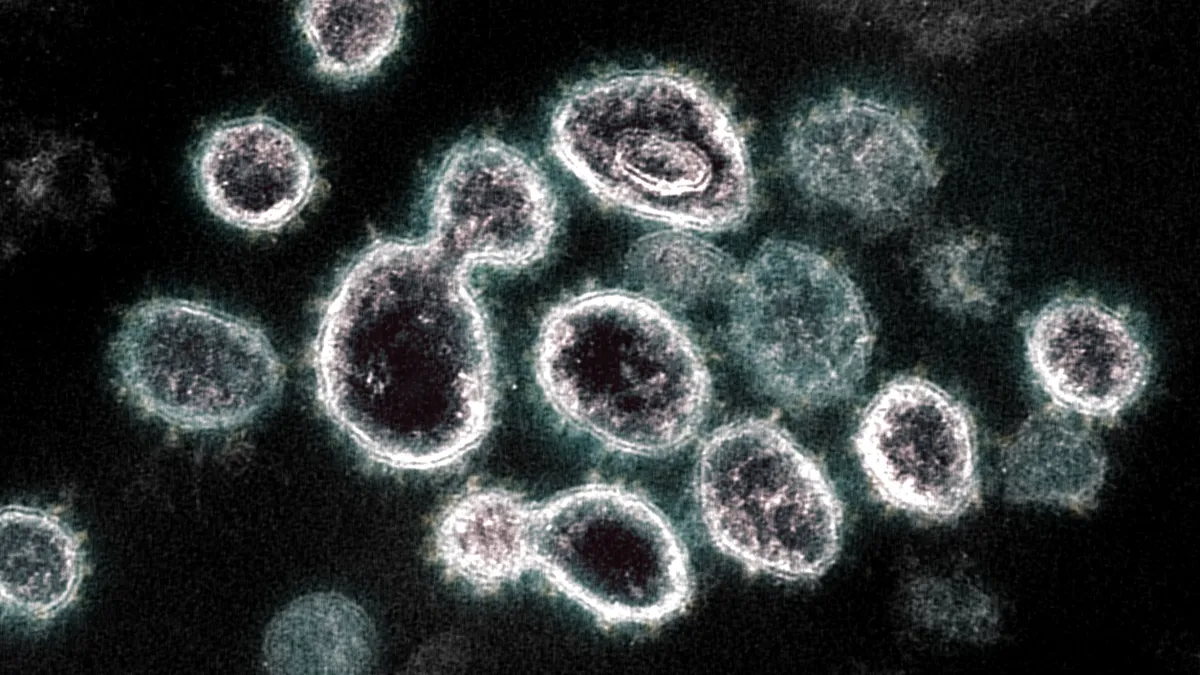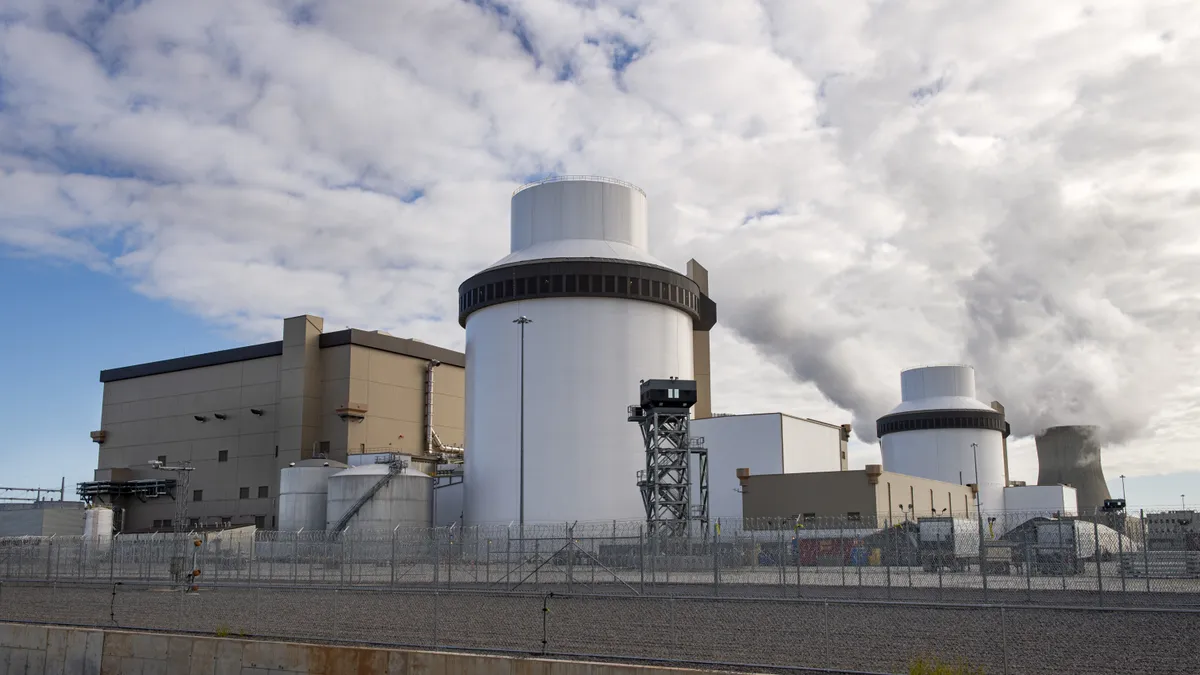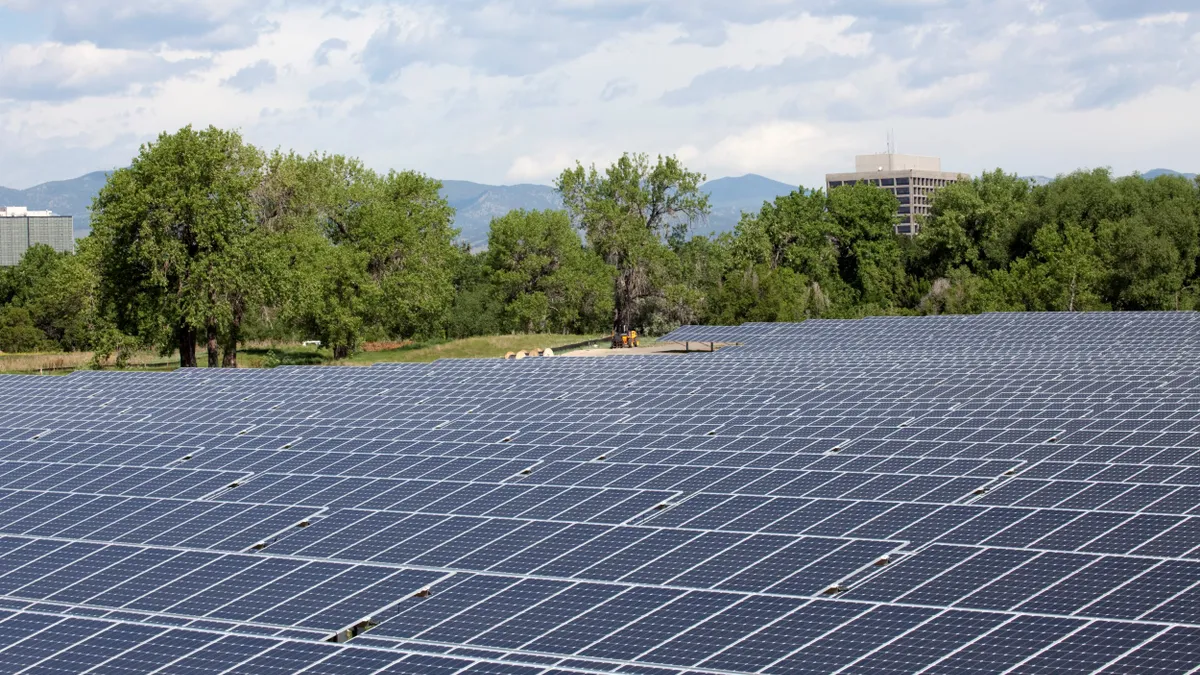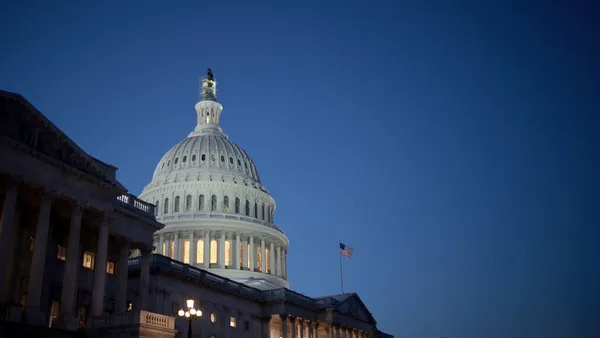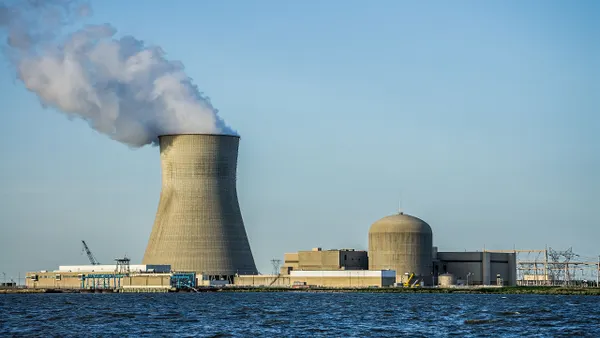Dive Brief:
-
The COVID-19 pandemic hit vulnerable and lower-income utility customers hardest, leaving them with increased energy insecurity and struggling to pay bills, according to research from the National Association of Regulatory Utility Commissioners (NARUC).
-
The heads of three NARUC task forces focused on emergency preparedness, recovery and resiliency, discussed their findings during the Edison Electric Institute's (EEI) annual conference on Wednesday. They are working to identify funding for emergency planning efforts and promote coordination between states and utilities in case of region-wide, long-duration outage events.
-
Between climate change and the increasing frequency of cyberattacks, panelists said the public increasingly looks to state regulators to ensure utilities are equipped to respond to emergencies.
Dive Insight:
Public concern about the ability of utilities to respond to disasters is increasing, but so too is the availability of tools to ensure resilience, a Wednesday afternoon breakout session at EEI 2021 concluded.
The panel convened the chairs of all three subcommittees within NARUC's Task Force on Emergency Preparedness, Recovery and Resiliency. NARUC convened the group in April 2020 in response to the COVID-19 crisis and other natural disasters.
Now, halfway through the task force's two-year charter, Pennsylvania Public Utility Commission Chairman Gladys Brown Dutrieuille said the lessons of the pandemic are becoming more clear.
"We were focusing so much on a cyberattack, we got a pandemic instead," Dutrieuille said, noting that states and utilities need to be prepared to respond nimbly to multiple threats, because disasters don't always happen one at a time. "States have to work on multiple fronts," she said.
The subcommittee's research to date indicates that the worst effects of the pandemic befell the most vulnerable customers, with lower-income and historically disadvantaged communities hit by worse public health effects, and increased energy insecurity, task force Chair Kimberly O'Guinn, who is also a commissioner on the Arkansas Public Service Commission, told Utility Dive after the panel. In the case of a future event, she said, improved communication strategies around disconnection protocol and repayment plans should be developed.
Brandon Presley, a commissioner with the Mississippi Public Service Commission, said during the panel that the financial impact to customers during the pandemic highlighted the fact that emergency response planning must take into account the resilience not just of utilities, but of customers as well.
"Many customers during the pandemic, if not for the disconnection moratorium, were not able to pay," he said. "And that has an impact on the utilities."
The total financial impact to utilities during the pandemic is still under review, O'Guinn said.
The COVID subcommittee's work also highlighted the impact of digitization and remote work during the pandemic, finding that digital filing processes and virtual hearings at commissions allowed regulators to still meet statutory requirements and deadlines, O'Guinn said.
But the pandemic also highlighted gaps in state emergency and continuity planning, O'Guinn said, as did another subcommittee studying the potential for long-term, multi-state "black sky" events.
Such an event would require an exceptional level of collaboration across federal, state and local governments, as well as relief agencies and across multiple utility sectors: water, electric, natural gas and telecommunications.
"The interdependencies across the utility sectors necessitate a variety of voices at the table when developing black sky preparations," O'Guinn said.
A third and final subcommittee is focused on developing a manual of federal funding opportunities and eligibility requirements that could be used to assist utilities and state governments to pursue federal assistance pre and-post disaster.
O'Guinn said the task force is on track to publish a final report on all three topics at NARUC's annual meeting this coming November.


